Life
Sign up for our newsletter
We summarize the week's scientific breakthroughs every Thursday.
-
 Animals
AnimalsMale giant water bugs win females by babysitting
Female giant water bugs prefer males already caring for eggs, an evolutionary force for maintaining parental care.
By Susan Milius -
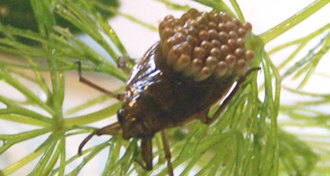 Animals
AnimalsMale giant water bugs win females by babysitting
Female giant water bugs prefer males already caring for eggs, an evolutionary force for maintaining parental care.
By Susan Milius -
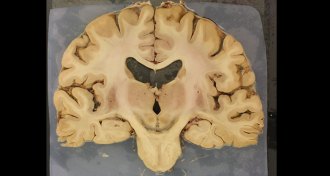 Neuroscience
NeuroscienceEvidence conflicts on iron’s role in Parkinson’s disease
Experiments yield conflicting results about whether vulnerable nerve cells have too much or too little iron.
-
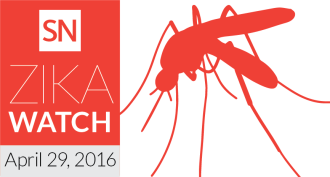 Health & Medicine
Health & MedicineThis week in Zika: Haiti hit early, possible monkey hosts, and more
A new test for Zika, how Haiti fits into the outbreak timeline, a look at monkeys that can carry the virus, and more in this week’s Zika Watch.
By Meghan Rosen -
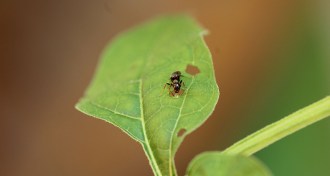 Plants
PlantsNightshade plants bleed sugar as a call to ants for backup
Bittersweet nightshade produces sugary wound goo to lure in ant protectors that eat herbivores, researchers have found.
-
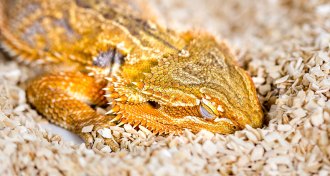 Animals
AnimalsDragons sleep like mammals and birds
Some lizards may sleep in the same way as mammals and birds, a new brain wave study finds.
-
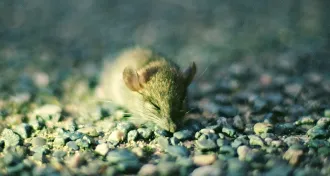 Neuroscience
NeuroscienceIons may be in charge of when you sleep and wake
The recipe for sleep and wake may depend on ions.
-
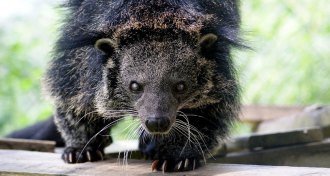 Animals
AnimalsChemical behind popcorn’s aroma gives a bearcat its signature scent
Bearcats smell like popcorn. Now scientists now why: The chemical responsible for popcorn’s alluring scent has been found in bearcat pee.
-
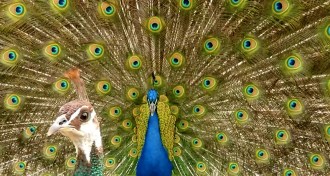 Animals
AnimalsPeacocks twerk to shake their tail feathers
Researchers reveal the biomechanics of the peacock mating dance.
-
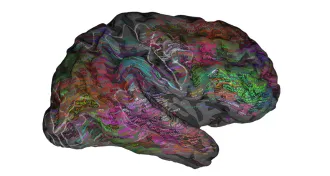 Neuroscience
NeuroscienceWords’ meanings mapped in the brain
Language isn’t just confined to one region of the brain: The meaning of words spark activity all over the cerebral cortex.
By Meghan Rosen -
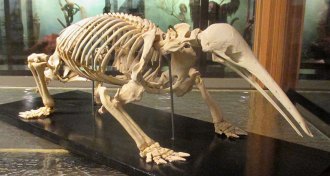 Animals
AnimalsHow animal poop could be key in solving echidna mystery
The western long-beaked echidna hasn’t been seen in Australia in 10,000 years. But DNA in scat could reveal its presence.
-
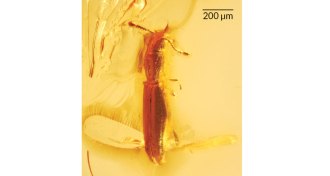 Paleontology
PaleontologyBeetle saved in amber had helicopter wings
For the first time, scientists report the fossilized remains of two tiny Jacobson’s Beetles, preserved in amber for at least 37 million years.
By Meghan Rosen